
RONALD FIRBANK
Vainglory
with Inclinations
and Caprice
Edited and with an Introduction by
RICHARD CANNING
PENGUIN BOOKS
Contents
PENGUIN  CLASSICS
CLASSICS
VAINGLORY
ARTHUR ANNESLEY RONALD FIRBANK was born into a prosperous family in London in 1886. He published his first book, Odette dAntrevernes and A Study in Temperament, in 1905, before studying at Trinity Hall, Cambridge, where he converted to Catholicism but did not complete a degree. The novel Vainglory (1915) announced the author as Ronald Firbank for the first time. It was rapidly followed by a succession of novels that achieved instant cult status, from Inclinations (1916), Caprice (1917) and Valmouth (1919) to The Flower Beneath the Foot (1923), Sorrow in Sunlight, renamed at the suggestion of the American author Carl van Vechten as Prancing Nigger (1924), and Concerning the Eccentricities of Cardinal Pirelli (1926). Prancing Nigger was Firbanks sole commercial success, and he paid for the publication of his other books. He lived an itinerant, often obscure life, spending the duration of the First World War in Oxford, but the rest of his time moving between London, the Italian Riviera, Paris, Rome, North Africa and even Cuba and Jamaica. His lifelong poor health culminated in his death in Rome, probably due to lung failure, at the age of forty, just before the appearance of Cardinal Pirelli. Firbank is buried in Romes Verano cemetery.
RICHARD CANNING has published extensively on Ronald Firbank, the literature of the inter-war period and the history of gay literature. He is author of Gay Fiction Speaks (2001) and Hear Us Out (2004), Editors Choice award-winner at the Lambda Literary Awards, as well as lives of Oscar Wilde and E. M. Forster (2008 and 2009). He has edited an anthology of American AIDS fiction, Vital Signs (2008), and two volumes of gay male shorter fiction, Between Men (2007) and Between Men 2 (2009). His most recent publication is the essay anthology Fifty Gay and Lesbian Books Everybody Must Read (2009). For the past decade, with the support of a Leverhulme Trust award, he has been researching a major critical biography of Ronald Firbank. Educated at Balliol College, Oxford, Richard Canning has taught at Warwick and Sheffield universities, and is presently Head of English and Senior Lecturer at Bishop Grosseteste University College, Lincoln.
Introduction
First-time readers should be aware that some plot details are revealed in this Introduction
I sometimes think that Vainglory is the best of them all W. H. Auden
Auden was discussing a project that never came off a Portable Firbank, which he might edit. It may or may not be true that the great poet once dressed for a fancy-dress party on Fire Island, New York, as Cardinal Pirelli, one of Firbanks most flamboyant characters. No matter; Auden was that rare thing: an unabashed enthusiast.
Has there been a less fortunate writer of genius in the history of English literature than Arthur Annesley Ronald Firbank? Ronald Firbank to use his professional name (to his mother he remained Artie) was among the most brilliant and idiosyncratic innovators of the modernist novel. He virtually single-handedly revolutionized the representation of dialogue on the page, and constitutes one of few tangible connections between the aesthetic values of the fin de sicle and the modernist credo articulated by Ezra Pound in 1934: Make it New. Todays critics are belatedly coming to appreciate that the newness of many modernist ideals in literature developed directly out of the radical revolt against High Victorianism, initiated by a tranche of gifted late nineteenth-century writers. Oscar Wilde, their doomed lost leader, embodied this celebration of paradox, wit and ethical inversion, and it is a small step from Walter Pater to T. S. Eliot, whose early work is squarely symbolist; or from John Ruskin to Marcel Proust (as Proust, who translated Ruskin into French, himself understood). Figures spanning both periods, such as W. B. Yeats and Henry James, underline the continuities. Yet, while compelling but less significant innovators than Firbank such as Dorothy Richardson, Sophie Treadwell, even Gertrude Stein have benefited from critical reassessment and being brought back into print, Firbank, in recent decades, has almost fallen off the literary map. Bizarrely, there are currently more titles in print of C. H. B. Kitchin, a talented but minor follower.
Despite this contemporary neglect, Firbank has never lacked for supporters among fellow writers. In his day, he was celebrated by the three Sitwells, Lord Berners, Rupert Brooke, Siegfried Sassoon, Harold Acton, Evelyn Waugh, and Duff and Diana Cooper. He sat for Augustus John and Percy Wyndham Lewis, both of whom admired his writings. Even the mocking account of Firbank as the fictional aesthete Lambert Orme in Harold Nicolsons Some People (1927) may have helped Firbanks reputation, coming hard on his untimely death, aged forty, in 1926. In the few years afterwards, first editions of Firbank were fought over and a small cult blossomed.
Among this and the next inter-war generation, interest in Firbank if select hardly waned. Most readers concentrated on the last novels Sorrow in Sunlight, The Flower Beneath the Foot and Concerning the Eccentricities of Cardinal Pirelli though South African author William Plomer agreed with Auden that an earlier book, Vainglory (1915), best displayed Firbanks innovative rendering of social speech:
He noticed that people dont listen much to one another, that in conversation they pursue their own thoughts rather than other peoples, and that much of what they say is calculated to advertise their own importance, beauty, cleverness, knowledge or taste.
In 1929, Evelyn Waugh discerned Firbanks influence on Osbert Sitwell, Carl van Vechten, Harold Acton, William Gerhardie and most surprisingly in the young Ernest Hemingway. Elsewhere, Waugh noted similarities between Firbank and the young, late modernist Henry Green, author of Blindness (1926) and Living (1929).
In Firbanks wake, there was a stream of Firbankian writers, largely forgotten today. His American advocate, Carl van Vechten, a Harlem-based promoter of African-American culture, learnt whimsy from him, as illustrated by a run of novels from Peter Whiffle (1922) to Feathers (1930). Van Vechtens bestseller, Nigger Heaven (1926), came straight out of Firbanks own Negro novel, Sorrow in Sunlight (1924), which van Vechten retitled Prancing Nigger for the US market. Richard Okes (pen-name of Nigel Stansbury Millett) Frolic Wind (1929) and Wanton Boys (1932) flaunt the debt in their risqu titles. Two satires about sexual tourism on Capri Norman Douglass South Wind (1917) and Compton Mackenzies Extraordinary Women (1928) bear Firbanks unmistakable influence too. Meanwhile, C. H. B. Kitchins early books are steeped in his technique especially Streamers Waving (1925) and the sexually ambiguous Mr Balcony (1927).
A second group of renowned writers read Firbank and absorbed many of his innovations, stopping short of pastiche. Evelyn Waughs early fiction shows traces of Firbank, particularly Decline and Fall (1928) and Vile Bodies
Next page

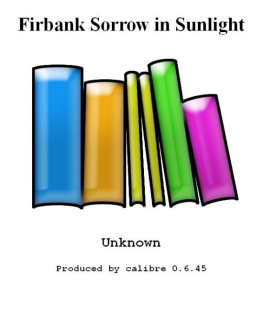
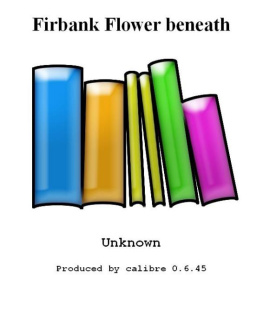
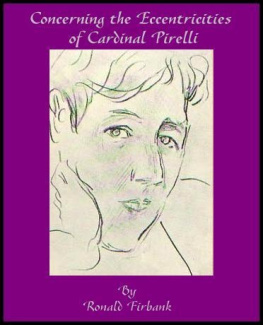
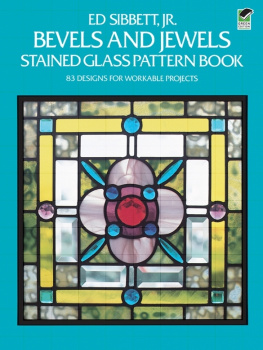
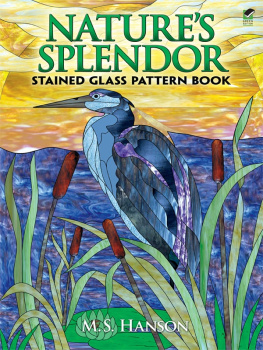
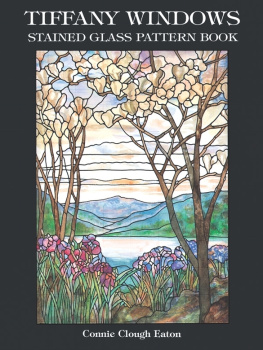
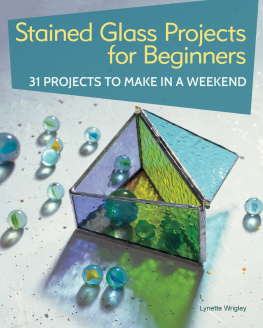
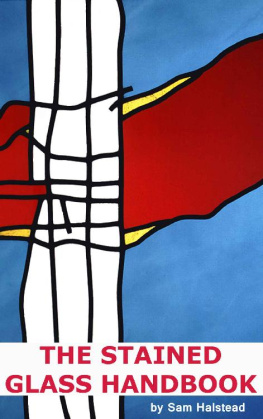
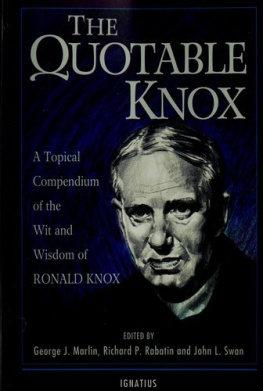
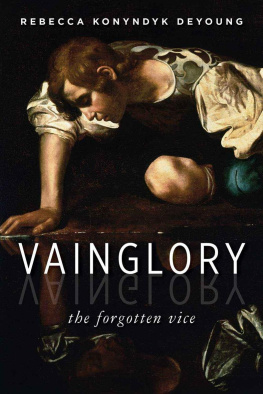
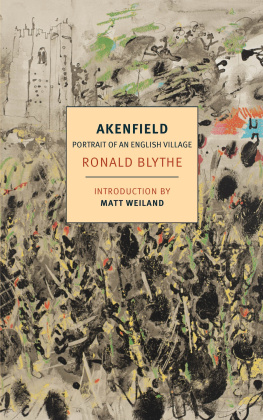
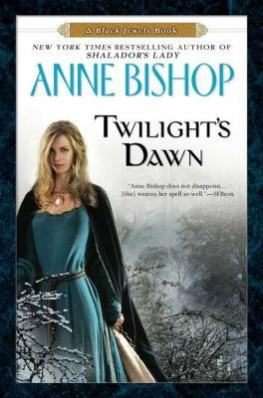

 CLASSICS
CLASSICS